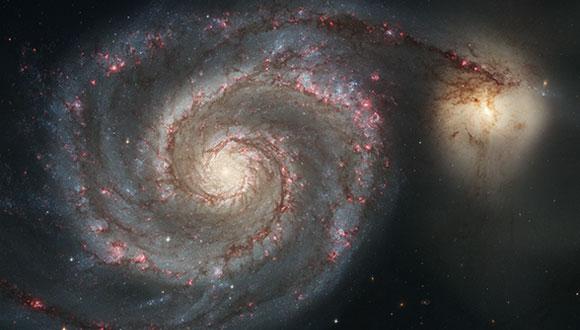Astronomy & Astrophysics Seminar: Companions and debris around white dwarfs
Naama Hallakoun, TAU
Abstract:
The immediate surroundings of white dwarfs (WDs) are key to our understanding of a number of puzzles. Observations of WDs can reveal the presence of stellar, substellar, and stellar-remnant companions, planets, dust, atmospheric heavy elements, and planetary debris, each of relevance to several important questions. The remains of the pre-WD-phase solar systems are revealed in the form of heavy element ‘pollution’ in WD atmospheres, excess emission from dust discs, and – only recently – in transits of planetary debris. In principle, WDs can host not only debris, but also whole planetary systems. Binary systems consisting of two WDs are important in a broad range of astrophysical contexts, from stellar evolution, through Type-Ia supernova (SN Ia) progenitors, to sources of gravitational waves.
SNe Ia – supernova explosions of WDs – are a major source of heavy elements, and, as ‘standard candles’, they have provided one of the fundamental methods for estimating distances in the Universe. However, the nature of the progenitor systems of SNe Ia is still unclear. A progenitor scenario that has been long considered is the double-degenerate scenario, in which a double WD binary loses energy and angular momentum to gravitational waves, until merger and possible explosion as a SN Ia. If most SN Ia explosions are the result of double WD mergers, then the observed double WD merger rate should be high enough to account for the observed SN Ia rate.
In my talk I will present some of the clues we have found for these questions.
Seminar Organizer: Dr. Omer Bromberg


